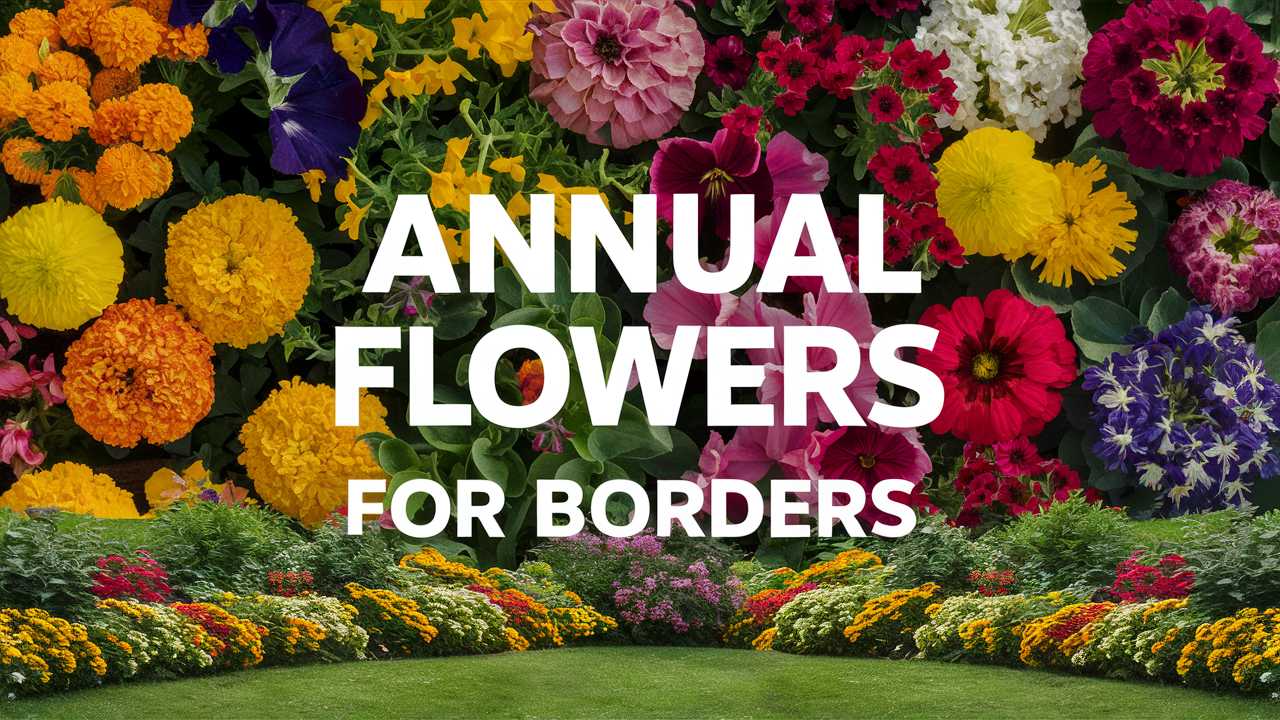In this guide, we’ll explore a variety of annual flowers that are fantastic choices for borders, highlighting their unique characteristics, care requirements, and the best ways to incorporate them into your garden design.
Zinnia
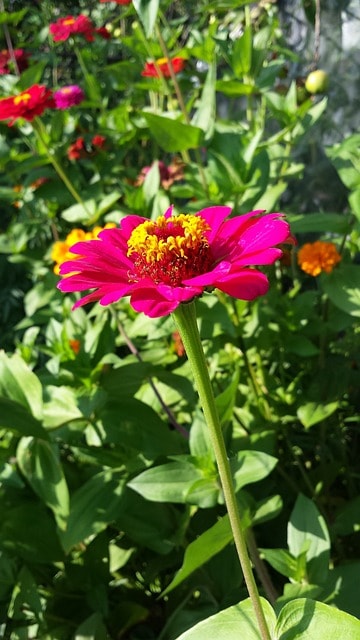
Zinnias are popular for their bright, cheerful colors and long-lasting blooms, making them an ideal choice for garden borders. Available in every shade imaginable, from vibrant reds and oranges to soft pastels, zinnias are a gardener’s delight. One of the most appealing aspects of zinnias is their low maintenance requirements. They thrive in full sun and well-drained soil and are generally resistant to pests and diseases.
Zinnias bloom all summer long and can grow in various heights, so you can choose shorter varieties, like the ‘Short Stuff’ zinnia, for the front of your border and taller ones, like the ‘Cactus Flowered’ zinnia, for the back. Additionally, they attract butterflies and bees, enhancing biodiversity in your garden, while also making it a lively habitat for pollinators.
Plant zinnias after the last frost to ensure they have a robust growing season, and deadhead regularly to encourage a longer bloom period. With their glowing presence in the garden, zinnias are sure to create a cheerful atmosphere along any border.
Lantana
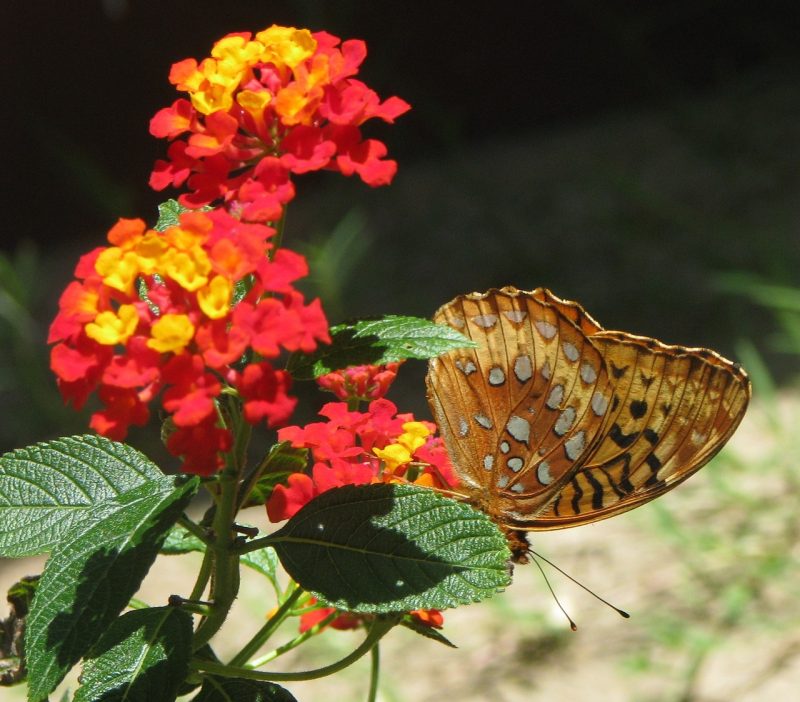
Lantana is renowned for its resilience and ability to produce clusters of small flowers continuously throughout the summer. With a sprawling growth habit and rich, multi-colored blooms typically ranging from yellow to orange, pink, and purple, lantana is a superb choice for more tropical or sunny border designs.
These plants thrive in full sun and can tolerate heat and drought conditions, making them ideal for low-maintenance gardens in warmer climates. Additionally, lantana is known to attract butterflies, providing both visual beauty and ecological benefit.
When incorporating lantana into your garden, be mindful of its growth; they can become quite bushy over time, so spacing them about 18 to 24 inches apart is recommended. This allows for air circulation and prevents overcrowding. Their trailing nature also makes them perfect for hanging over the edge of borders or containment edges.
Gomphrena

Gomphrena, often referred to as globe amaranth, features unique, round flower heads that add textural interest to borders. These sturdy, drought-tolerant plants offer vibrant hues like deep pink, purple, and white, providing a rich contrast against green foliage.
Gomphrena is a fantastic choice for gardeners seeking low-effort blooms. They thrive in full sun and well-drained soil, exhibiting exceptional heat tolerance. What sets gomphrena apart is its long-lasting flowers, which can often retain their color even when dried, making them an excellent addition to dried flower arrangements.
Plant gomphrena in clusters for maximum visual impact, and remember to deadhead spent blooms to encourage new growth. Whether creating a casual or formal border, gomphrena’s unique globe shapes and bright colors make it a standout option.
Marigolds
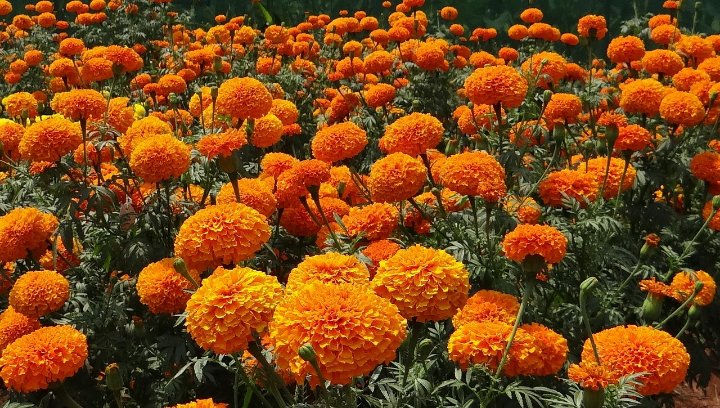
Marigolds are classic annuals that have adorned gardens for generations. Known for their vibrant yellow, orange, and red blooms, marigolds not only brighten borders but also bring practical benefits, such as pest deterrence to your garden.
These flowers generally thrive in full sun and can grow in almost any soil type, making them incredibly versatile. They are also favored for their rapid growth, achieving blooms within just a few weeks of planting.
To maintain a colorful border, plant marigolds in a staggered arrangement for a wave-like effect. They can also serve as a natural pest repellent, particularly against nematodes and aphids. Make sure to choose disease-resistant varieties, and remember to pinch back spent blooms to promote further flowering.
One of the joys of marigolds is their exuberance and even their fragrance, which can establish a lively and pleasant ambiance in your garden.
Angelonia
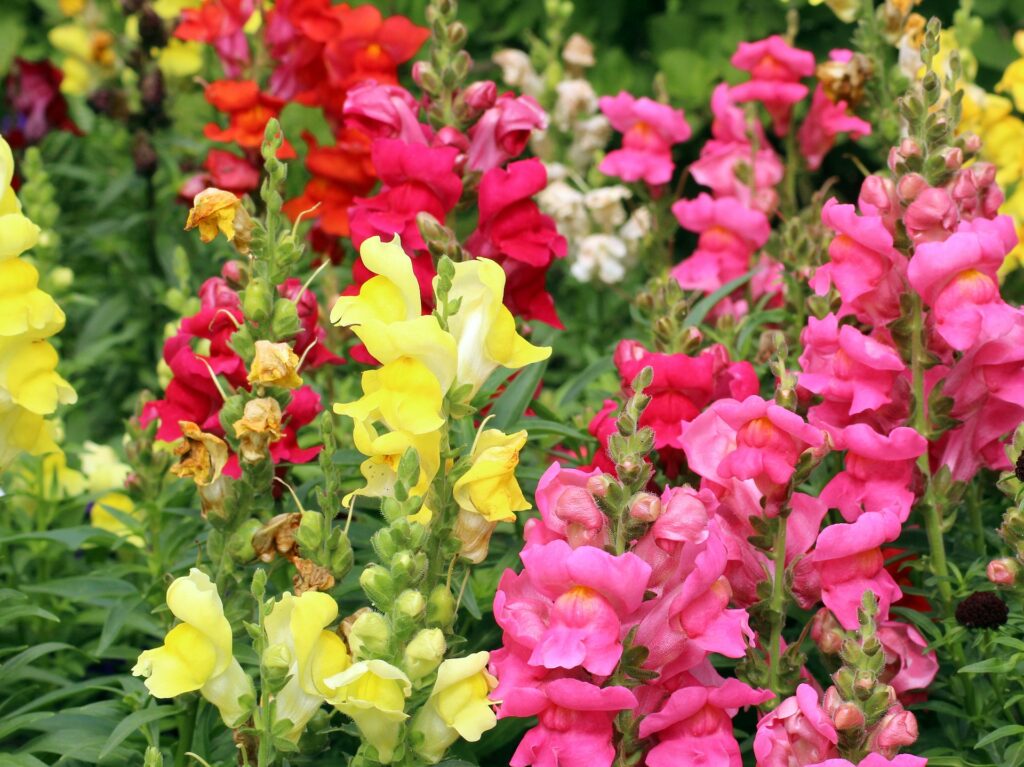
Often referred to as summer snapdragon, angelonia is a lesser-known but incredibly appealing choice for borders. With spikes of delicate blooms that resemble snapdragons, these flowers come in enchanting colors such as purple, white, and pink. The elegant nature of angelonia adds vertical interest, making it perfect for adding height to borders.
Angelonia thrives in hot and humid conditions, which makes it a favorite for gardeners in warmer climates. It favors full sun and well-drained soil, exhibiting resilience against drought while maintaining consistent blooming throughout the summer.
When planting, consider alternating colors for a dynamic look or planting in groups for a bolder statement. Their long-lasting blooms and ability to resist heat make angelonia a delightful and low-maintenance addition to your garden.
Scaevola

Scaevola, commonly known as fan flower, is a beautiful choice for sunny borders. This underappreciated gem showcases unique fan-shaped flowers predominantly in shades of blue, purple, or white, which add an unexpected twist to typical floral borders.
Scaevola thrives in full sun and tolerates drought well, making it an excellent choice for coastal gardens and other challenging growing conditions. With a prostrate growth habit, scaevola is perfect for spilling over the edges of borders or containers, softening hard landscape edges.
Plant scaevola in groups, allowing it to form a lush, cascading effect that draws the eye. Due to its prolonged flowering season from spring to fall, it brings consistent beauty to your garden space. Its ability to attract butterflies adds another layer of charm, making it a delightful choice for garden enthusiasts.
Pentas

Pentas are popular for their star-shaped flowers and vibrant colors, including pink, red, white, and purple. Known for their ability to attract pollinators, particularly butterflies, pentas are a fantastic addition to any border, enriching the ecosystem of your garden.
These plants prefer full sun and well-drained soil, exhibiting resilience against heat and humidity. With a compact growth habit—generally reaching heights of 1 to 3 feet—pentas can create neat rows or clusters within the border, contributing both color and structure.
Regular deadheading can help sustain blooming, extending their color display through the summer and into the fall. Their sturdy nature and stunning blooms make pentas a fantastic pick for vibrant, pollinator-friendly borders.
Melampodium

Melampodium, often referred to as the butter daisy, brings a cheerful burst of yellow to borders with its bright, daisy-like flowers. This low-growing perennial thrives in full sun and is both drought-tolerant and deer-resistant, making it a resilient choice for any garden setup.
Melampodium is particularly effective as ground cover due to its spreading habit, creating a cheerful carpet of blooms that can complement taller plants. It is an excellent candidate for borders since it fills gaps and provides a striking contrast to larger, more vertical plantings.
Plant melampodium in well-drained soil, ensuring that it receives adequate sunlight for maximum blooming. These cheerful daisies are not only visually pleasing, but they also require minimal maintenance, allowing gardeners to enjoy a colorful display without excessive work.
Cleome
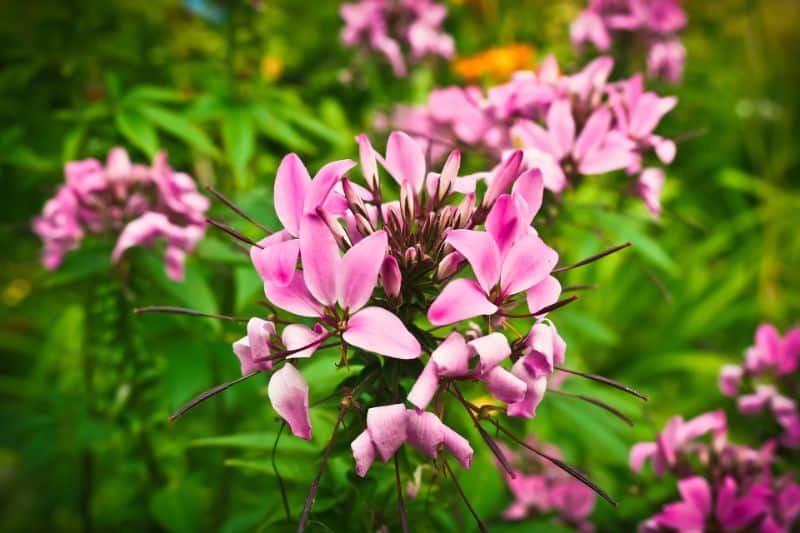
Cleome, commonly known as spider flower, is a striking annual known for its tall, spiky flower heads and unique, spidery petals that can add drama to any border. Available in shades of pink, purple, and white, the ethereal blossoms tower above the foliage and sway gently in the breeze.
Cleome does best in full sun and well-drained soil and is known for attracting wildlife, particularly pollinators like butterflies and bees. While these plants can grow quite tall (up to 4 feet), they can be trimmed back to promote bushier growth and stave off any unwanted legginess.
When planting, consider grouping them together or positioning them toward the back of the border to create a striking vertical element among shorter flowering plants. Cleome’s enchanting blooms make it a show-stopper, captivating all who visit your garden.
Celosia
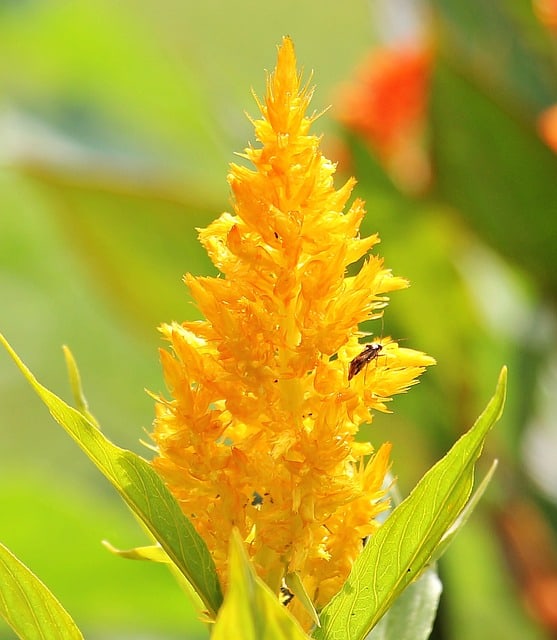
Celosia, or cockscomb, features unique flower heads that resemble a flame or brain. These unusual shapes add a whimsical touch to any border and come in an array of vibrant colors, including bright red, orange, yellow, and pink. Celosia thrives in warm conditions and does best with full sun exposure.
These flowers are also tolerant of drought, making them an excellent choice for regions with less consistent rainfall. Their unique texture and color can create interest in both formal and informal border designs.
When planting celosia, space them appropriately to allow airflow and room for growth. Regular deadheading encourages ongoing blooms, so be diligent in maintaining their vibrant show. Incorporating celosia into your borders will add a fun and dynamic element that will surely catch the eye.
Vinca
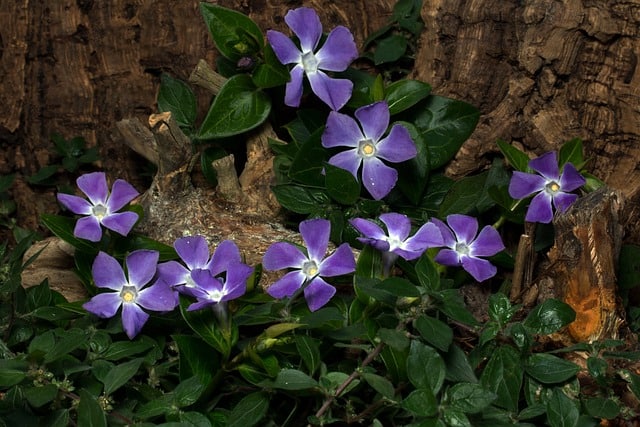
Vinca, commonly known as periwinkle, is a popular choice for borders due to its prolific blooming and glossy green foliage. Featuring a variety of colors—from soft pastels to bright hues—vinca can create a stunning canvas in any garden setup.
This annual is particularly well-suited for warmer climates, as it thrives in full sun and well-drained soil. Vinca is also loved for its low maintenance; it’s resistant to pests and diseases, allowing gardeners to enjoy its beauty without the worry of extensive care.
To create a stunning border with vinca, plant them in clusters or waves to showcase their bloom clusters effectively. They tend to spread and fill in gaps beautifully, providing a lush, colorful appearance that livens up your landscape.
Begonia
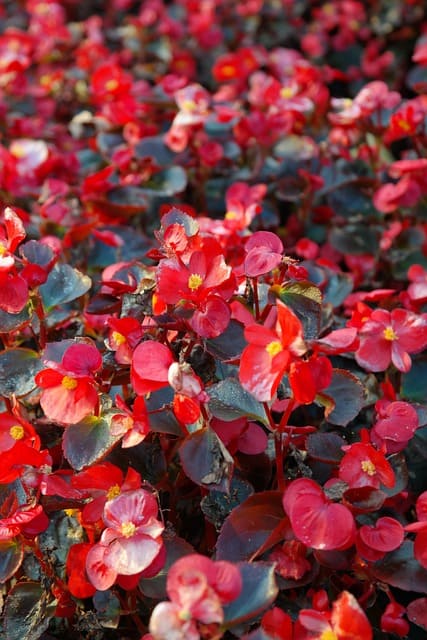
Begonias are beloved for their ornamental foliage and delightful blooms in various shades, making them perfect for partially shaded borders. With varieties that showcase textured leaves and showy flowers, begonias add depth and diversity.
These annuals thrive in well-draining, rich soil and do well in both sun and partial shade, depending on the variety. Keeping the surrounding soil moist helps to promote flowering.
When planting begonias, consider their height and foliage to create layers in your border. Their broad leaves add a lush feel, and they pair well with other shade-loving annuals to create an inviting, serene atmosphere. The intricate beauty of begonias stands out beautifully against the more traditional blooms, making them an essential component of mixed border plantings.
Mexican Heather
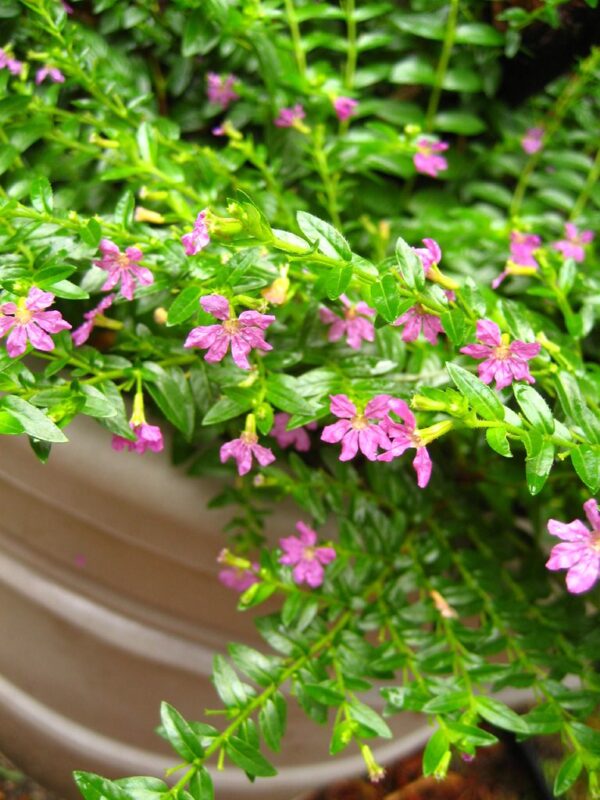
Mexican heather, also known as cuphea, is cherished for its delicate, trailing blooms and versatility as a border plant. With small, tubular flowers that bloom abundantly in purple, lavender, or white, its cascading growth habit brings a soft touch to garden edges.
This hardy annual prefers full sun and well-drained soil, and it’s known for being drought-tolerant, making it an excellent choice for low-maintenance gardens. Its growth habit allows it to blend beautifully with rocks, walkways, or other bedding plants, creating seamless transitions in mixed borders.
When planting Mexican heather, remember to allow for some space between plants to promote air circulation. Its gentle swaying with the breeze adds a relaxed elegance to your flower borders, inviting a sense of tranquil beauty.
Verbena
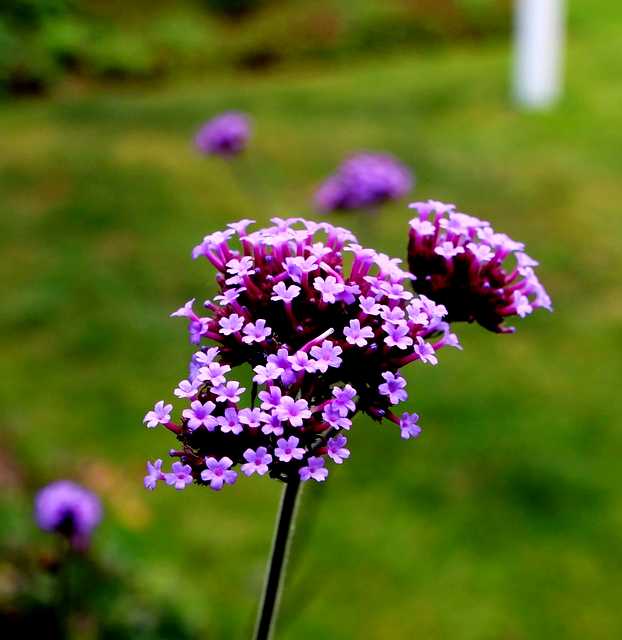
Verbena is a highly versatile and robust plant that shines in sunny borders. With profuse blooms in various colors, including purple, pink, red, and white, verbenas are adored for their ability to produce flowers from early summer to frost.
This annual thrives in well-drained soil and full sun, showing remarkable tolerance to drought. Its spreading growth habit makes verbena excellent for filling in gaps in borders or cascading over edges for added charm.
Grouping different verbena varieties can create an explosion of color, while deadheading spent flowers ensures continuous blooming. Verbena’s ability to attract butterflies and other beneficial insects makes it a favored choice for pollinator gardens, personalizing your landscape with versatility and vibrancy.
Daisy
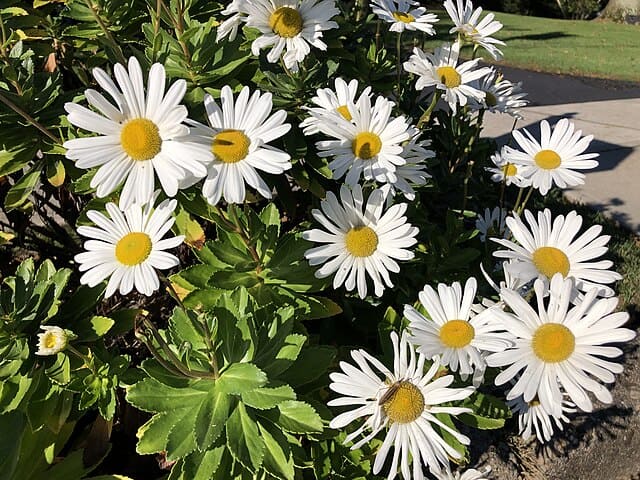
Daisies are iconic for their simple yet stunning beauty, embodying the charm of classic flower borders. Featuring bright white petals surrounding golden-yellow centers, they exude a fresh feeling that can uplift any garden space.
As adaptable plants, daisies thrive in well-drained soil and full sun, making them suitable for a variety of settings. Their long blooming period from spring to fall makes them reliable choices for consistent color.
For a captivating border, consider planting daisies in clusters for a joyful, casual look. Their cheerful display exemplifies the essence of summer gardens, attracting pollinators and providing undeniable charm. Plus, they pair beautifully with almost any flowering plant, making them a versatile choice for your borders.


